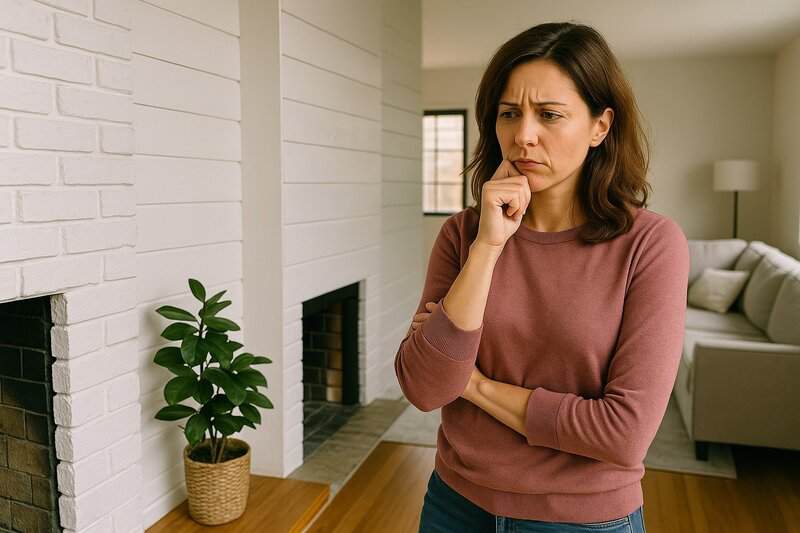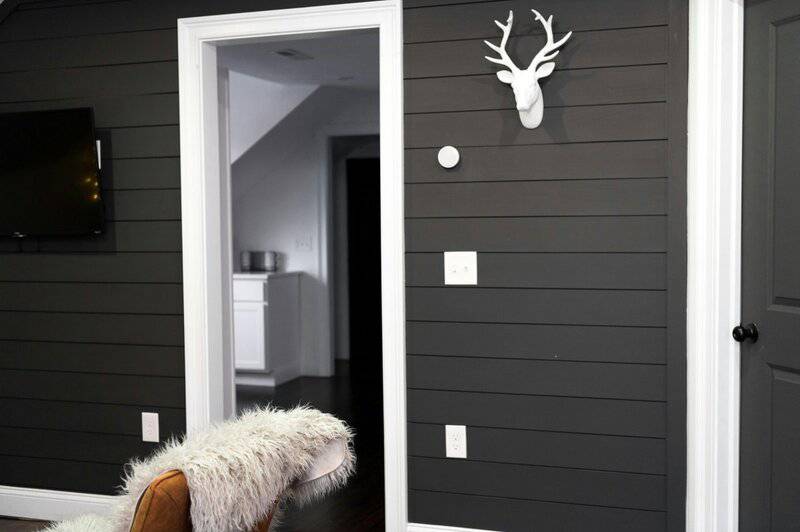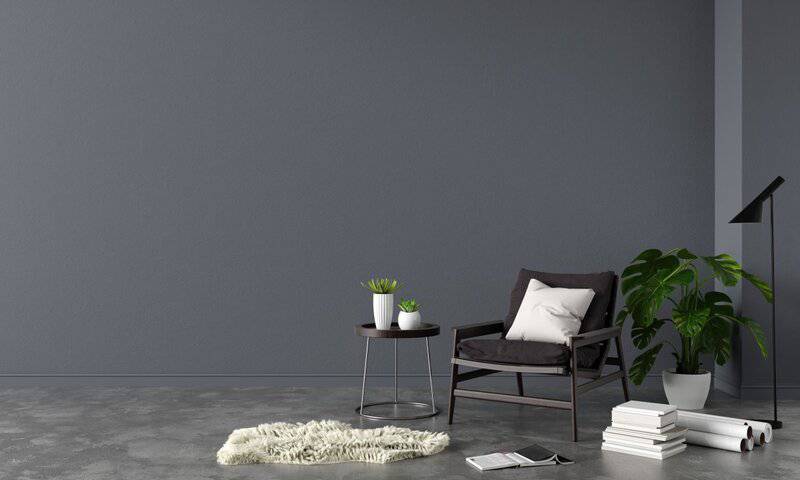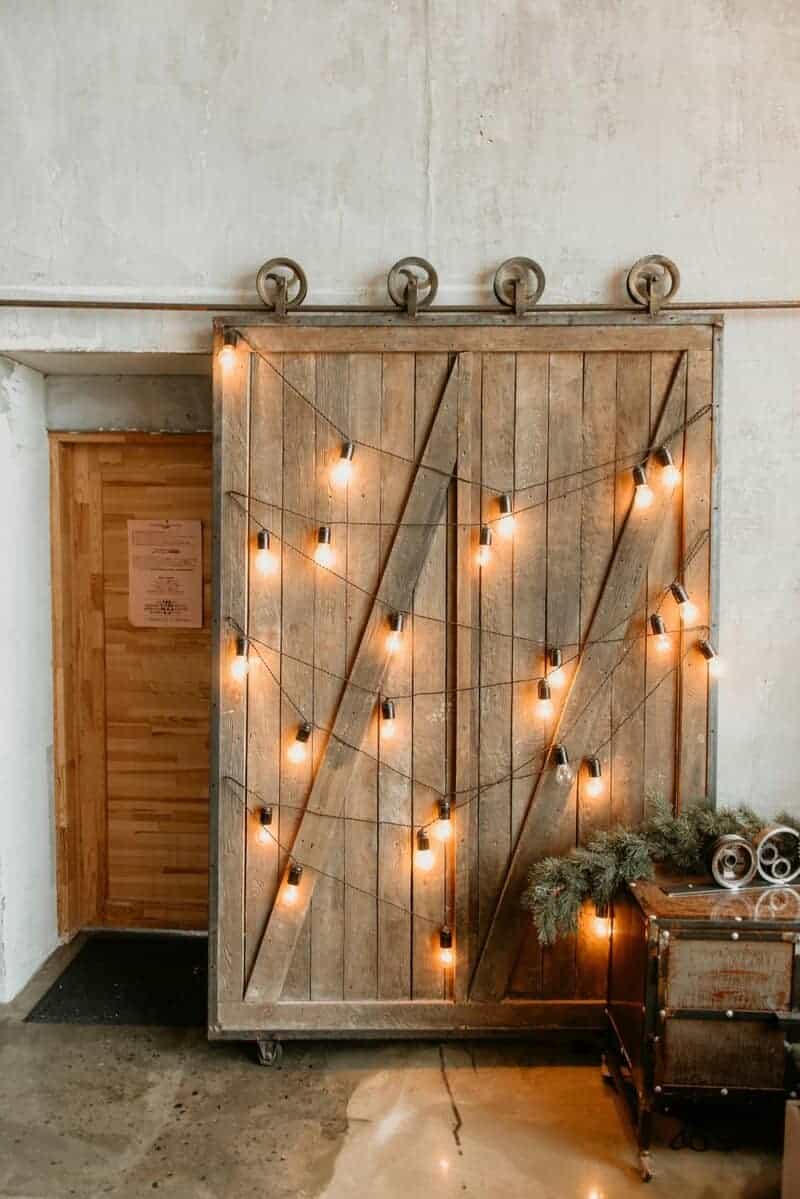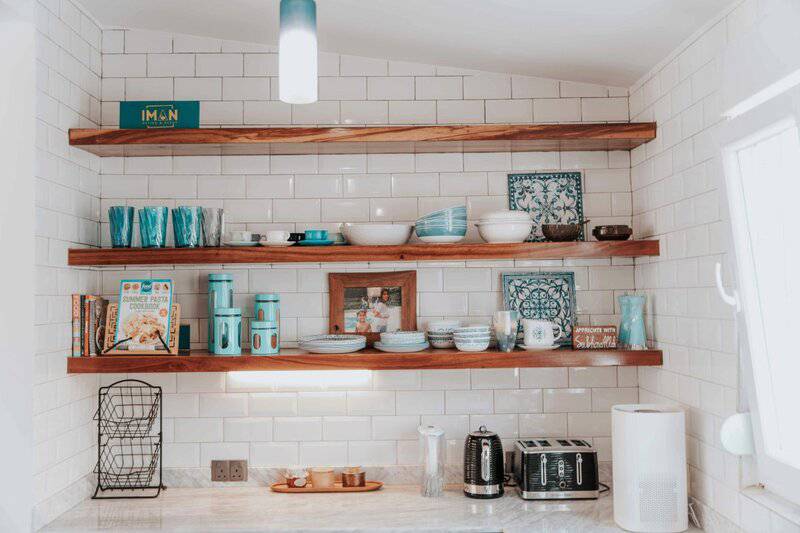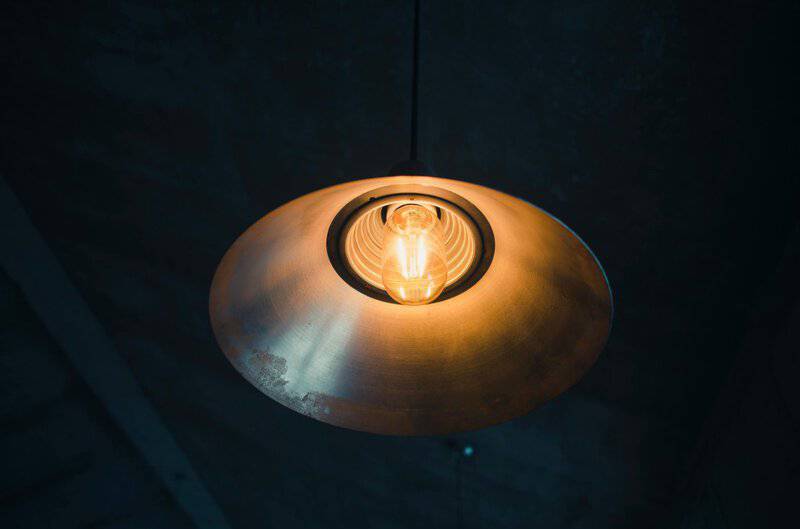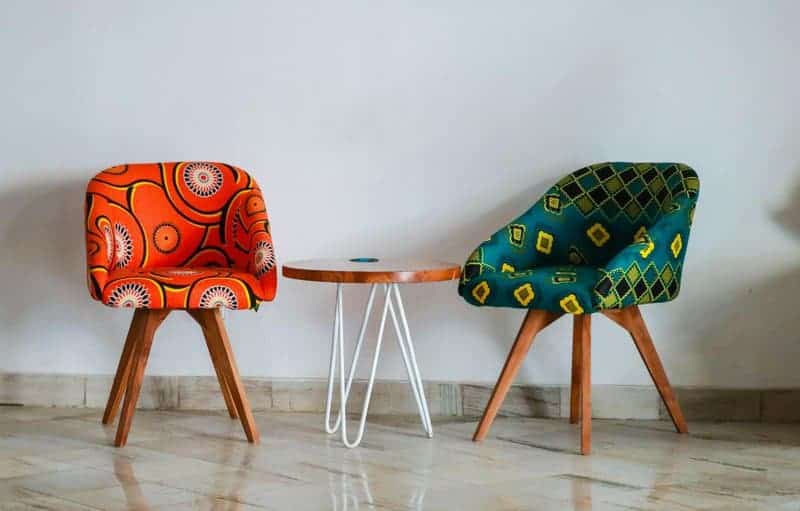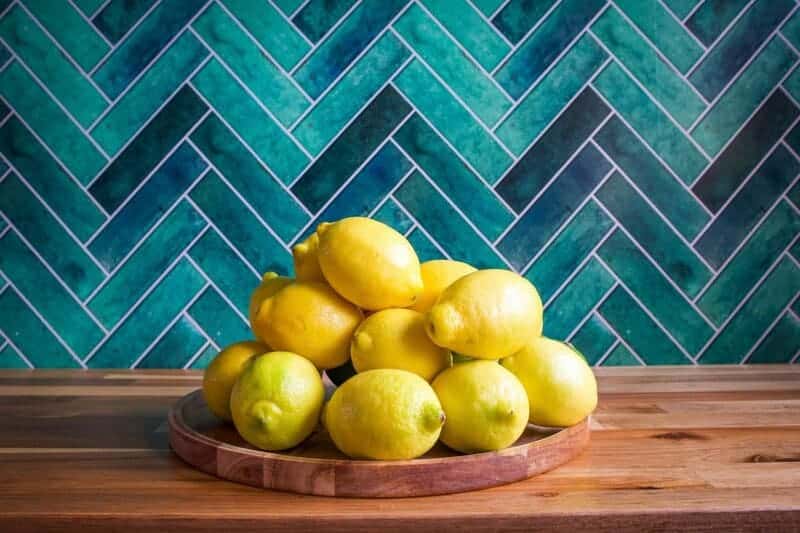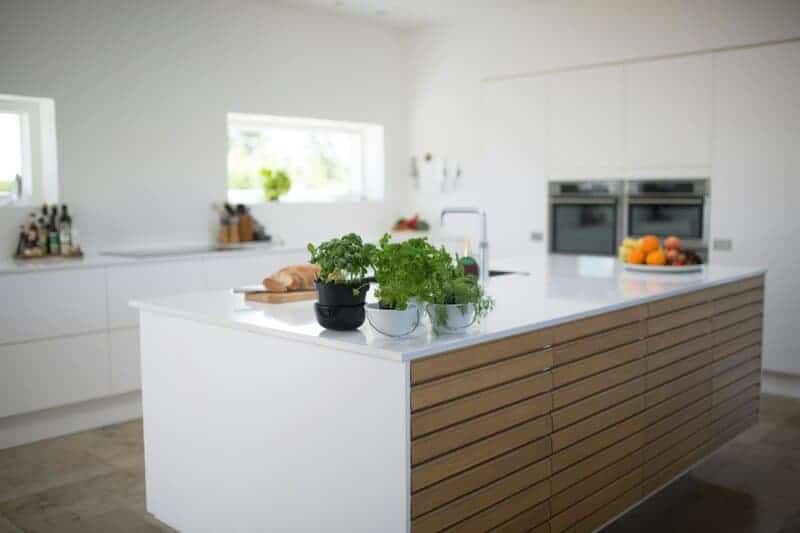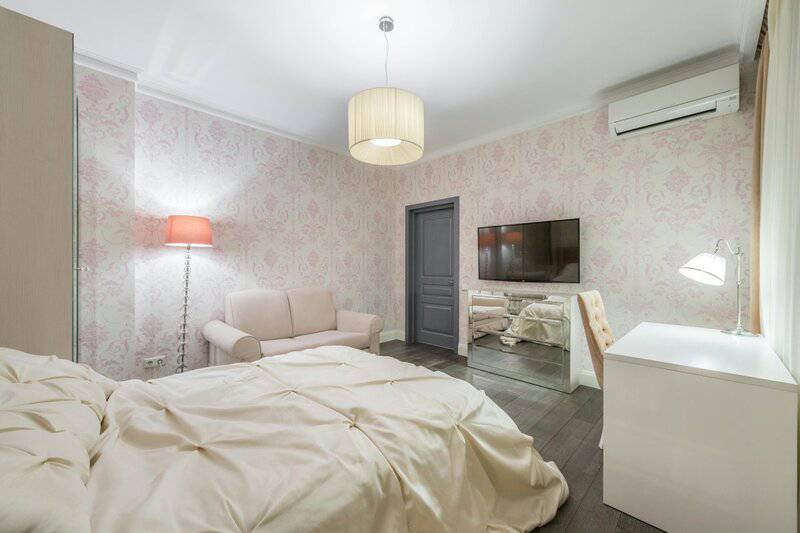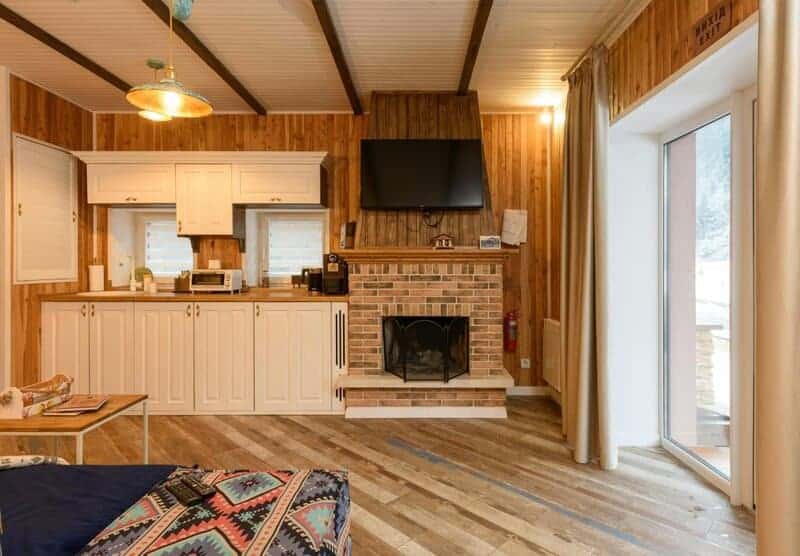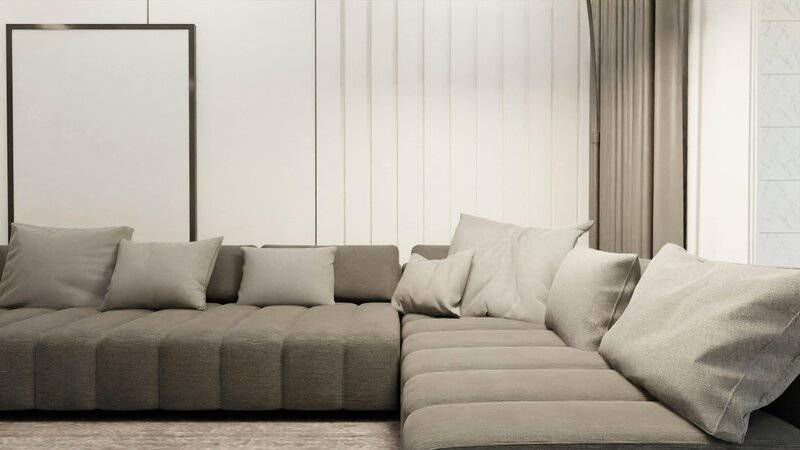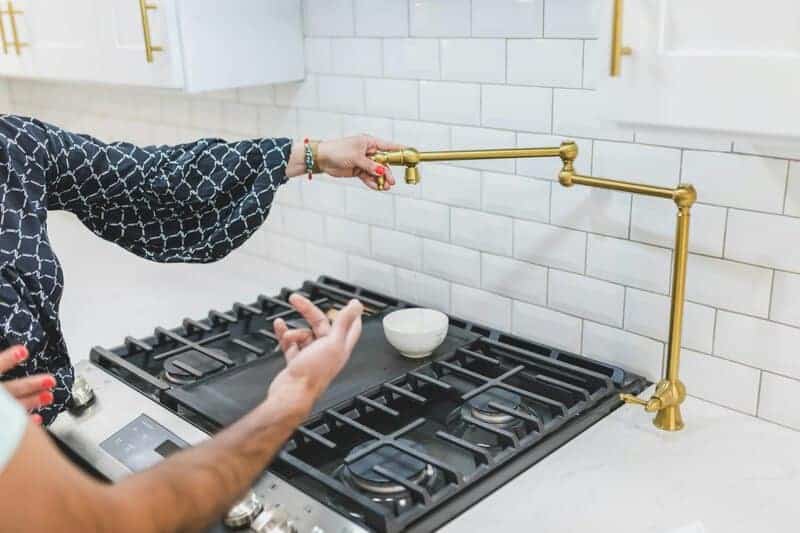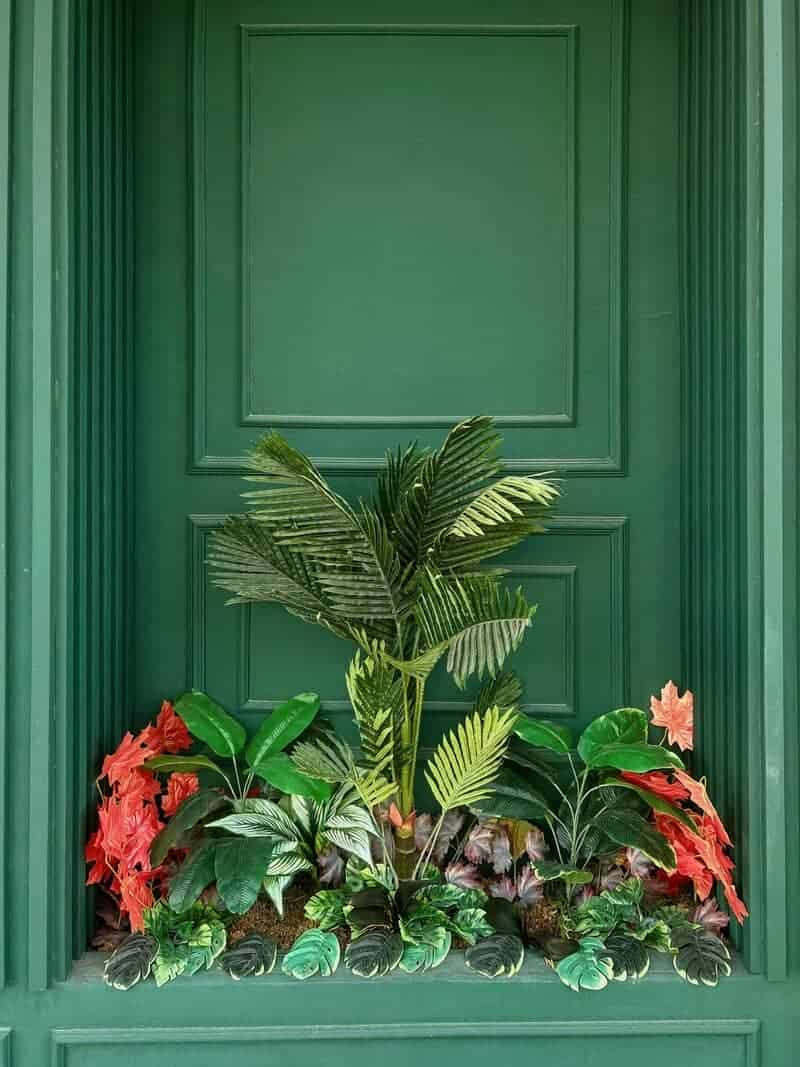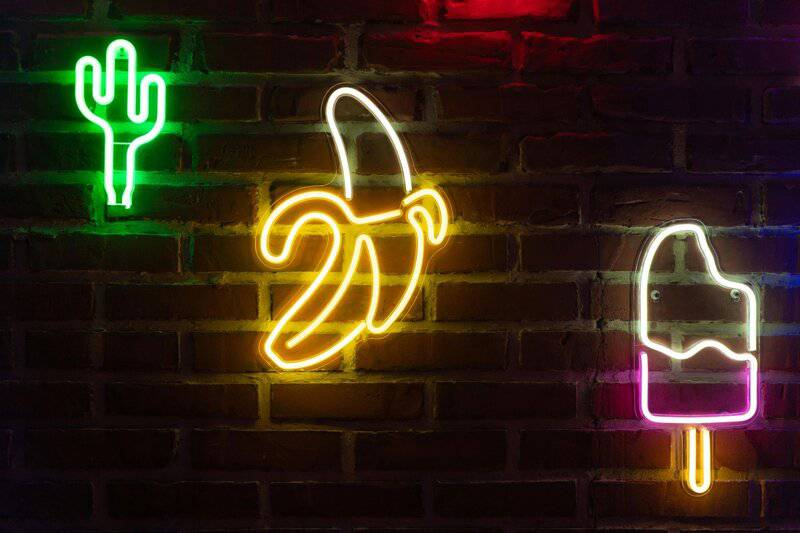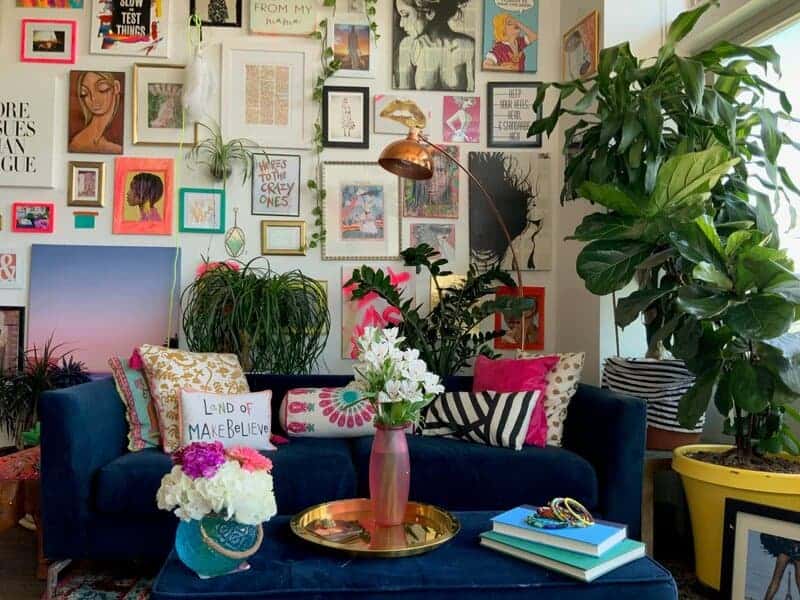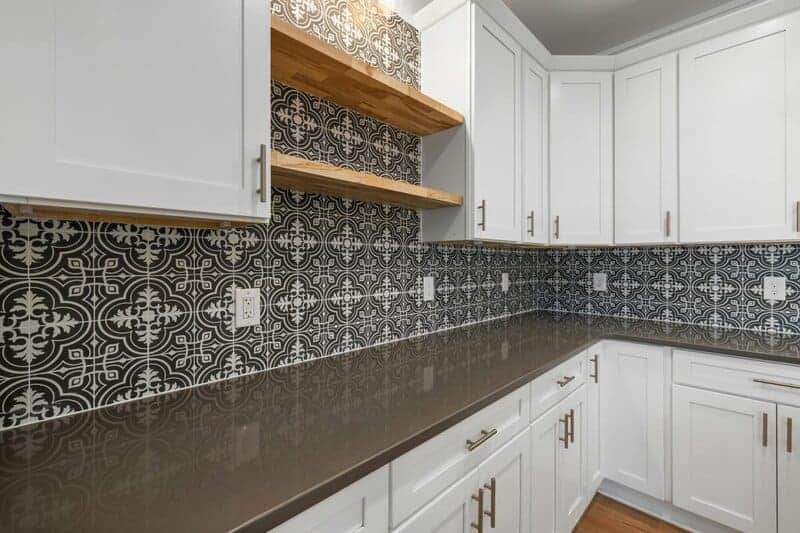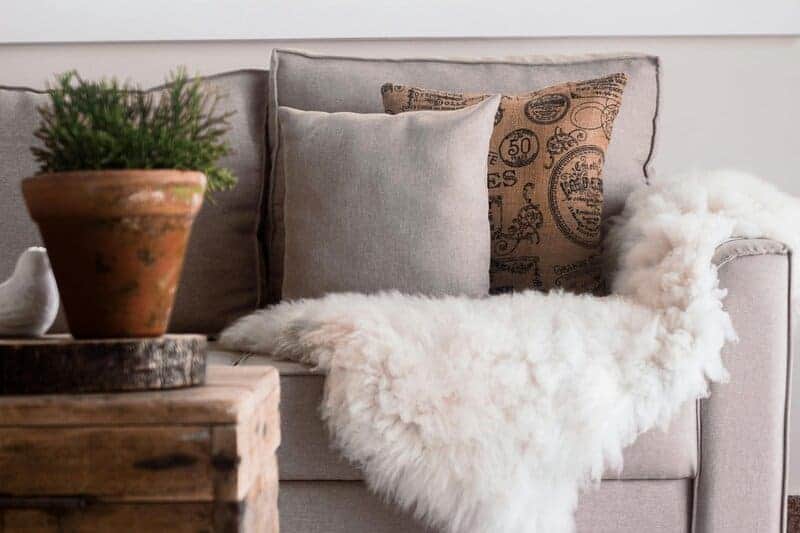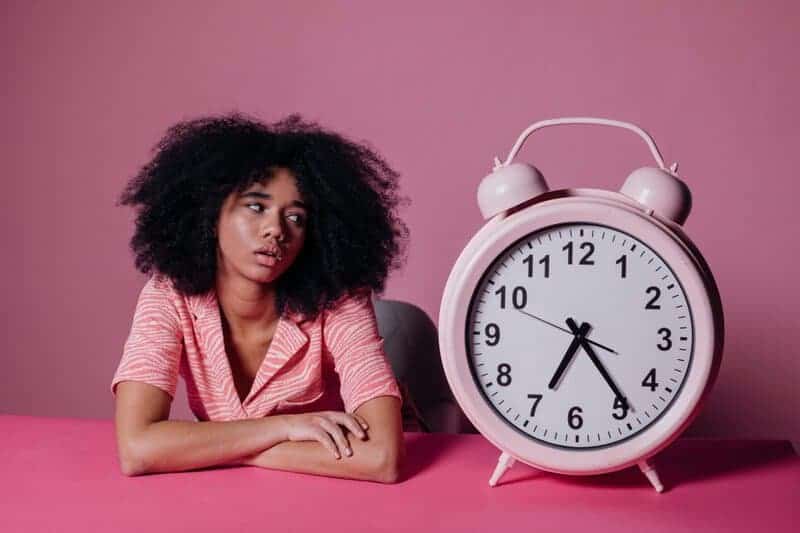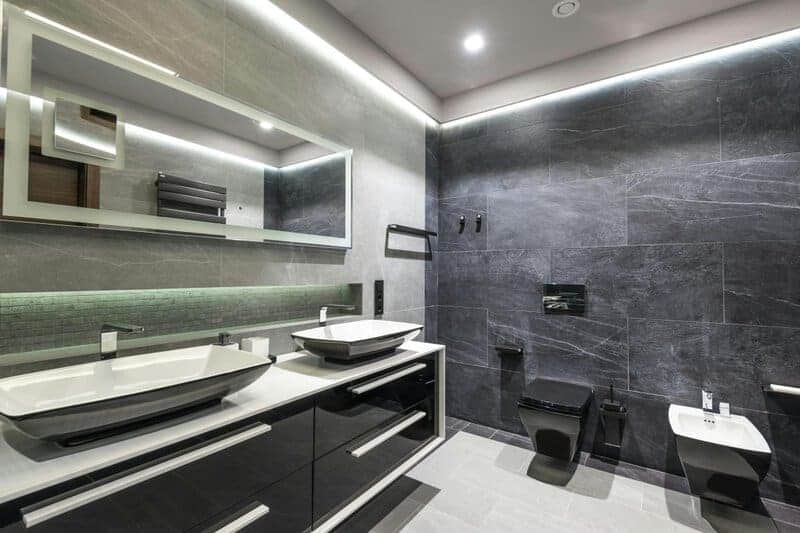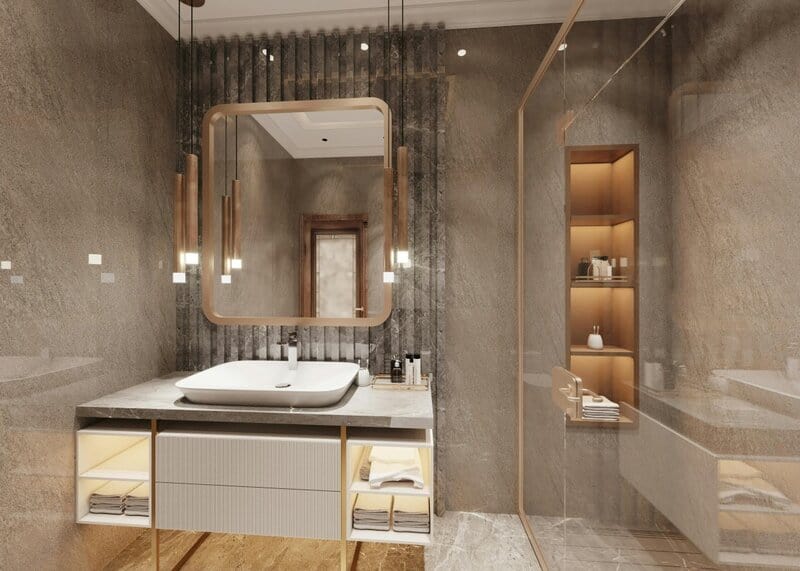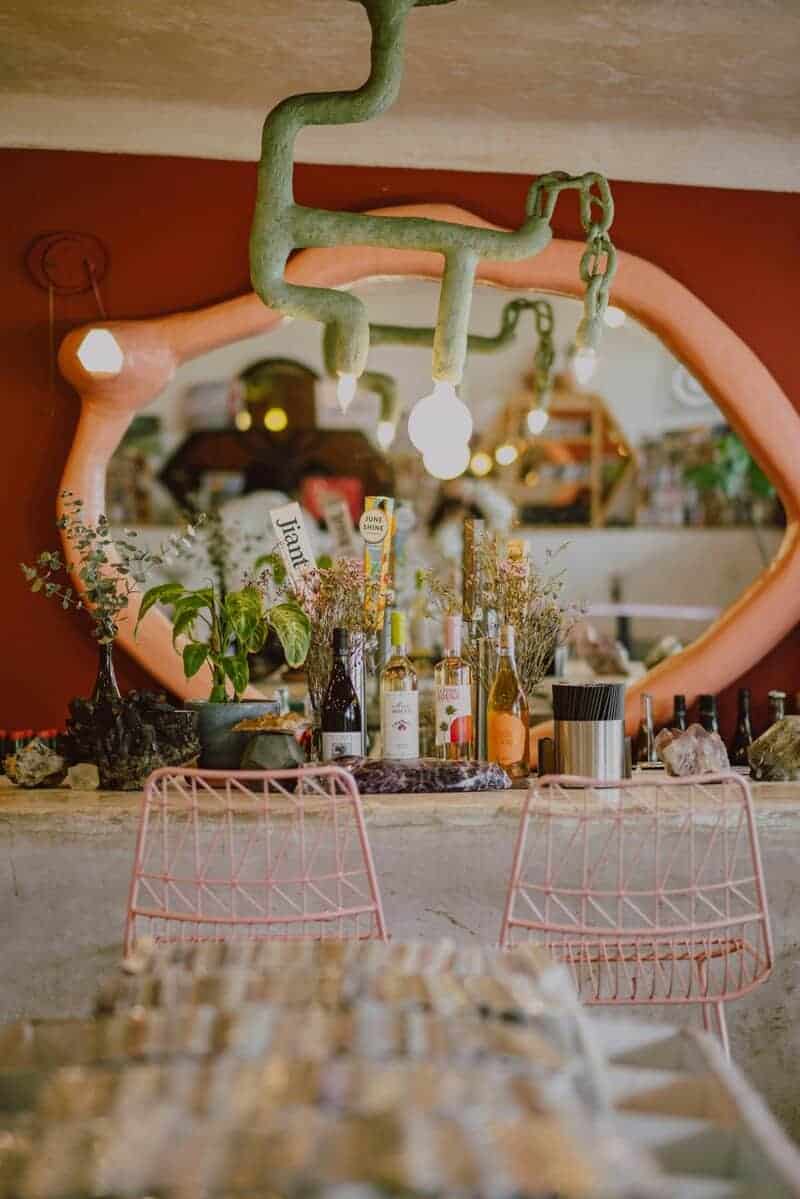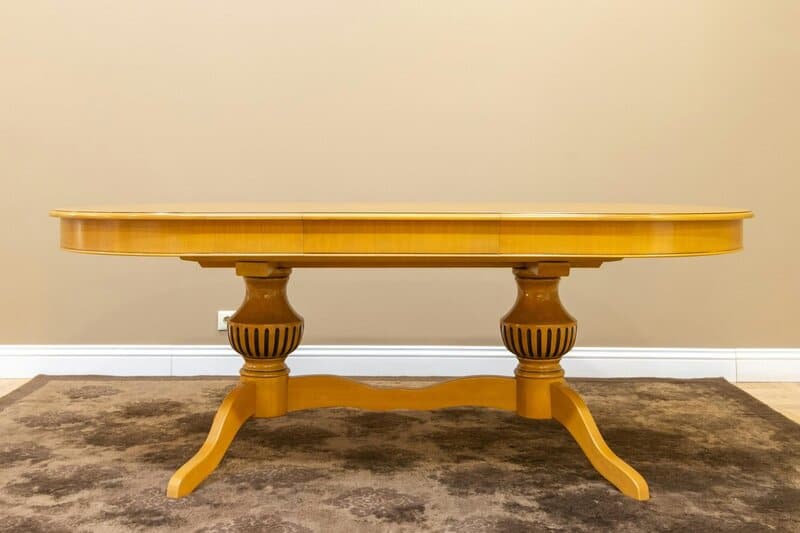It looked amazing on Instagram. It even got compliments at your last dinner party. But by 2030? You might not want anyone to see it. Home trends come and go faster than you can say “open concept.” What feels sleek, stylish, and cutting-edge today often turns into tomorrow’s biggest design regret. Whether it’s the all-gray everything or that oversized barn door in your hallway, some choices age better than others—and not all of them will make the cut. In this list, we’re revealing 22 home trends that are destined to feel cringeworthy by 2030—the kinds of styles we’ll look back on with a mix of disbelief and embarrassment. And yes, chances are one (or more) of them is already in your living room.

